When it comes to water purification equipment for the home, there are always people around who ask me: “In the end to buy reverse osmosis water purifier, or ultra-filtration water purifier ah?” In fact, at first I was also entangled for a long time, after all, drinking water safety is now more and more attention, who all hope that the whole family drink assured. In the online search of countless strategies, read a variety of reviews, and finally combined with the situation of their own homes, finally the two “mainstream players” to understand the study. Today to talk about my own selection process, but also to help you avoid the pit.
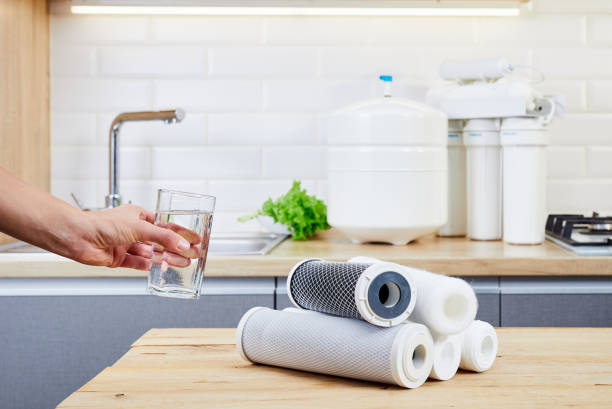
First of all, what is reverse osmosis and ultrafiltration, the name of these two sounds a little lofty, in fact, the principle is quite simple - they are through different filtration methods, the tap water impurities, bacteria, residual chlorine and other things “stop” outside, so that we can drink cleaner! water. However, the two in the filtration precision and use, there are really a lot of differences.
Reverse osmosis (RO) water purifier, like a “big sieve”, its core technology is that layer of high-precision film called RO membrane. This membrane pore size is as small as 0.0001 microns, most bacteria, viruses, heavy metal ions and even dissolved in the water calcium and magnesium ions, can be firmly isolated. In layman's terms, it is only a very small amount of pure water molecules can pass through, so out is very pure “pure water”.
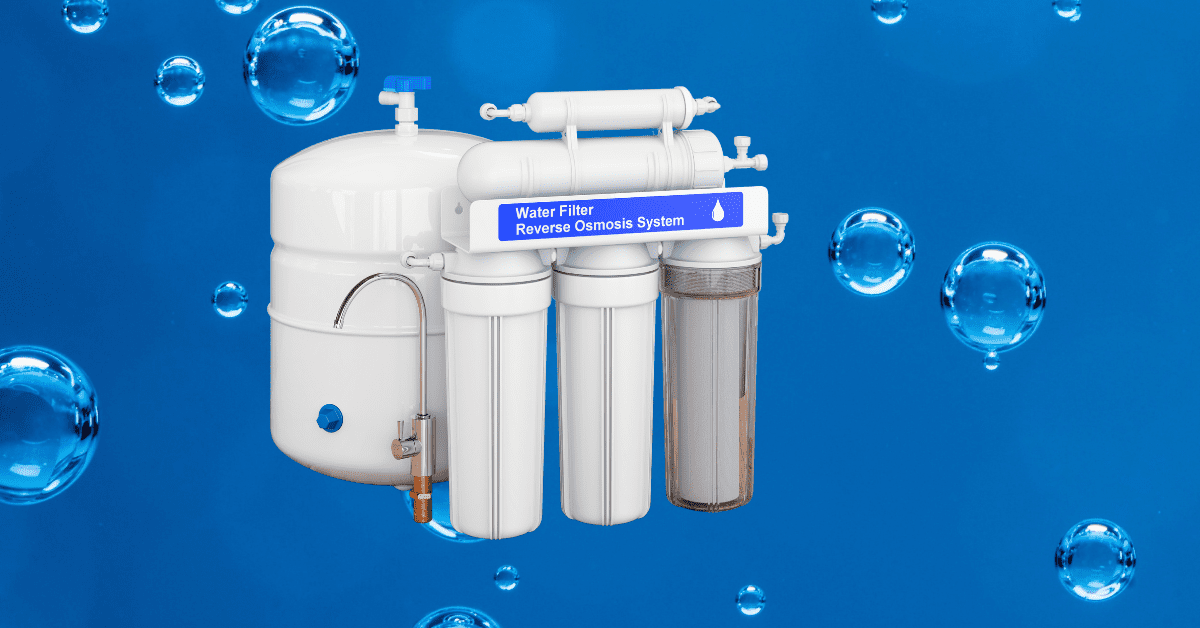
Ultra-filtration water purifier, it uses a slightly larger pore size “ultra-filtration membrane”, usually about 0.01 microns. This is already many times finer than a hair, for ordinary sediment, rust, most bacteria and other pollutants can be effectively intercepted, but for some of the solubility of small molecules (such as heavy metal salts), may not be able to block all. However, it has the advantage of retaining some minerals that are beneficial to the human body, such as calcium and magnesium. So, some people may feel that the taste of the water is closer to natural spring water rather than completely flavorless.
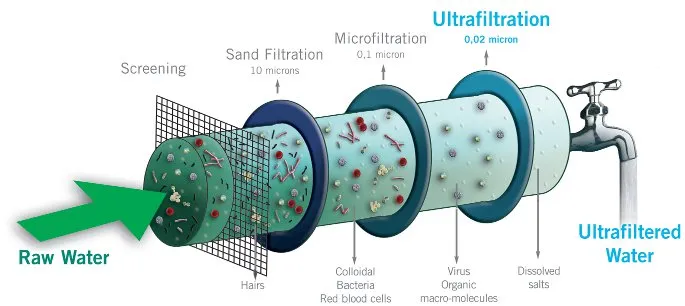
So the question arises, how exactly should you choose? Actually, the key thing is to look at the actual situation of your home. If you are in the area of the tap water itself is of good quality, there is not too much odor or obvious impurities, then with a reliable ultra-filtration water purifier, in fact, enough for daily drinking. And easy to install, do not need to drain wastewater under, basically do not use electricity, use it is very worry-free. If you are used to drinking mountain spring water with a little sweet flavor, mineral taste, then ultra-filtration may be more appropriate.
But if you pay special attention to drinking safety, such as the family has the elderly, children, more sensitive to immunity, or local tap water impurities, foreign color and odor, or worry about heavy metal pollution, then reverse osmosis is more worthy of consideration. Because RO can be the vast majority of problems that may affect the health of the source of a one-time solution, out of the degree of purity even soak the milk powder do not have to boil again. Of course, some people may feel that this is “too clean”, no taste, but the safety factor is indeed much higher.
Here are a few other small details that are easily overlooked, and I'd like to draw your attention to them:
-Wastewater ratio and the cost of consumables: reverse osmosis machine because of the principle of work, will produce a certain percentage of waste concentrated water, the general market is common 1:2 or 1:3 - meaning that a cup of pure drinking water will produce two or three cups of waste concentrated water. So try to choose a new model with low waste water balance when selecting, you can save a sum of money. And ultrafiltration almost zero waste water usually not sad wallet. Installation space and water speed: RO machine volume is generally larger than ultra-filtration, and need to connect to the electricity. Some of the old house cabinets can not be put, but also have to consider the power layout; and out of pure water usually slower, if the population to wait patiently. Comparatively speaking, ultra-filtration is open and ready to use, large flow to meet the various needs of the kitchen.
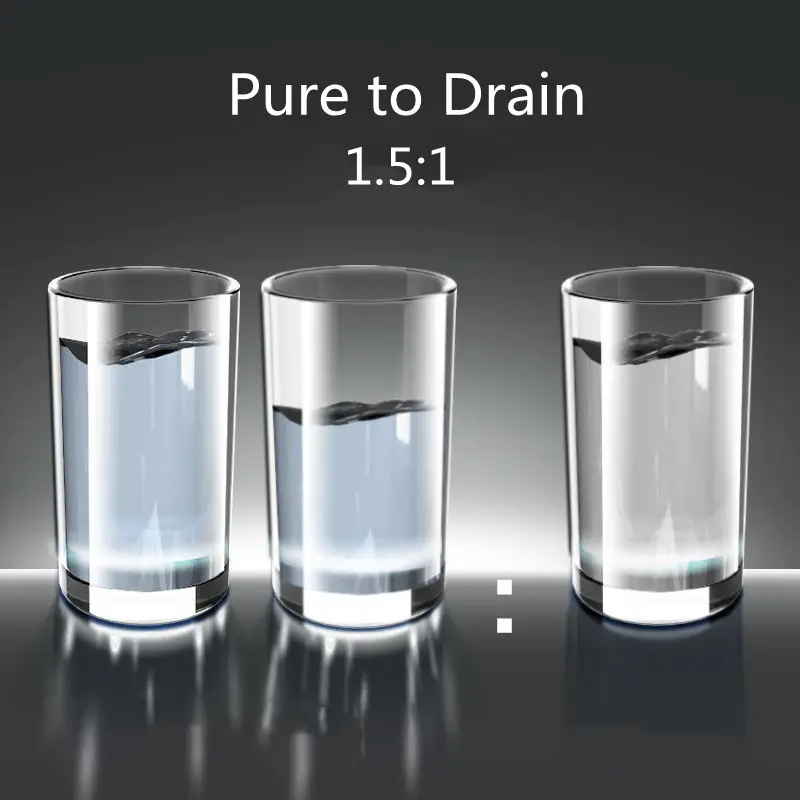
Post-maintenance and replacement cycle: no matter which type, need to regularly replace the consumables. Generally speaking, RO machine pre-PP cotton half a year a change, the main filter cartridge about a year; and ultra-filter cartridge life tends to be a little longer, depending on the family to adjust the amount can be. But don't be lazy, because the dirty core continues to work equal to failure!
Of course, there are many people concerned about the price. Currently on the market RO machine price span is relatively large, from a few hundred dollars to a few thousand dollars, different brands have different functional configurations, such as with hot and cold dual control, multi-level intelligent display and so on. But in general, if only the pursuit of basic drinking function, mid-range price is enough for family use. The ultra-filtration is a lot of pro-people, generally less than a thousand dollars can be dealt with, but also eliminates the follow-up electricity and wastewater balance pressure.
To be honest, I myself finally chose to install a small under-the-counter RO machine. The main consideration is that the child is still small, the hygiene requirements are a little higher, and here we occasionally have heating season gas maintenance, tap water usually fluctuates quite a lot. I wouldn't mind a little mineral-rich mountain spring taste, but for the sake of the family's health insurance, I prefer to go for the ultimate cleanliness. But the kitchen sink, I also added a simple pre-filter cartridge, so that washing and cooking can also be avoided sediment particles infestation. The “double insurance” program gives me a lot of peace of mind.
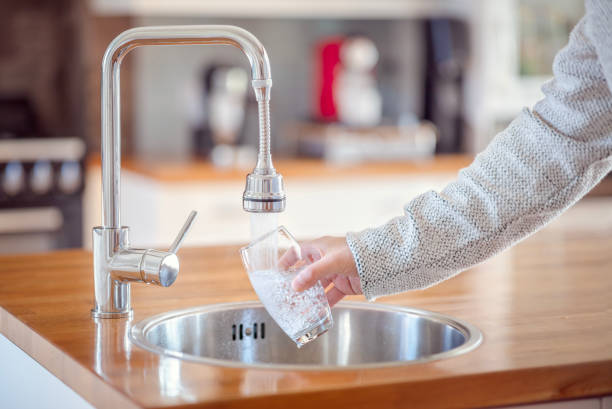
If you're thinking of getting a new machine now, you can try to organize your thoughts like this.
-Know your local tap water test report, and if possible, test the TDS value (total dissolved solids) yourself;
-Combine with the structure of family members to see if there are special health needs;
-Consider whether the installation environment, power supply and water pressure are matched, as well as the budget range;
-For taste and health claims, see if you like natural flavor or more pure;
-Finally, pay more attention to the brand after-sales service, the convenience of replacing consumables and the relevant certification qualifications.
In the end, whether reverse osmosis or ultrafiltration, there is no absolute advantage and disadvantage, but each has its own strengths. If you have to distinguish a high and low, that is suitable for their own is the best. Why not take advantage of the break time, the kitchen cabinets lift to see the size, and then turn over the community property bulletin board to inquire about the neighbors how to choose, may also be able to harvest unexpected surprises ~!
Finally, no matter which equipment, do not forget to clean and replace supplies on time! io lift t After all, even the most advanced machine, can not compare to the meticulous care of people. Have questions at any time in the comments section, maybe your experience can help more people to take the road less traveled it ~!
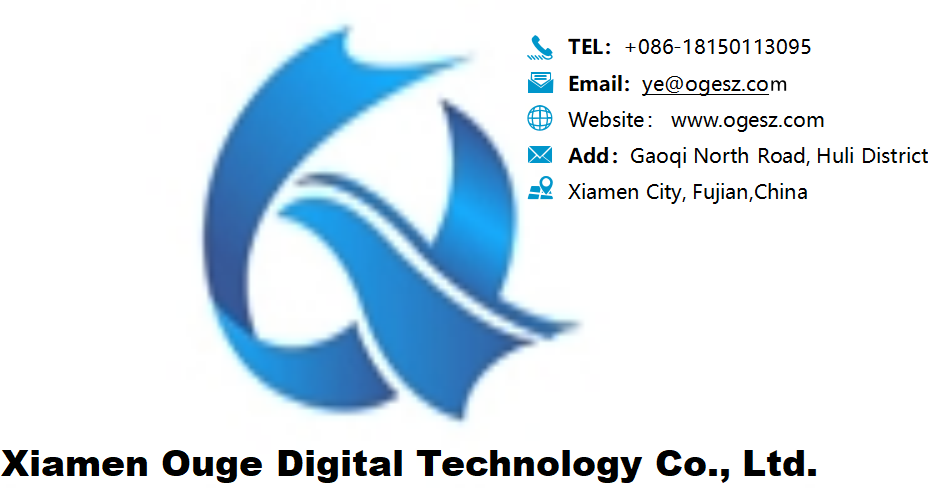
 Reverse Osmosis Technology for Wastewater Treatment: Understanding How RO Systems Operate
Reverse Osmosis Technology for Wastewater Treatment: Understanding How RO Systems Operate
 The “Magic” of Turning Seawater into Freshwater: Unveiling the Core Secrets of Reverse Osmosis Technology
The “Magic” of Turning Seawater into Freshwater: Unveiling the Core Secrets of Reverse Osmosis Technology
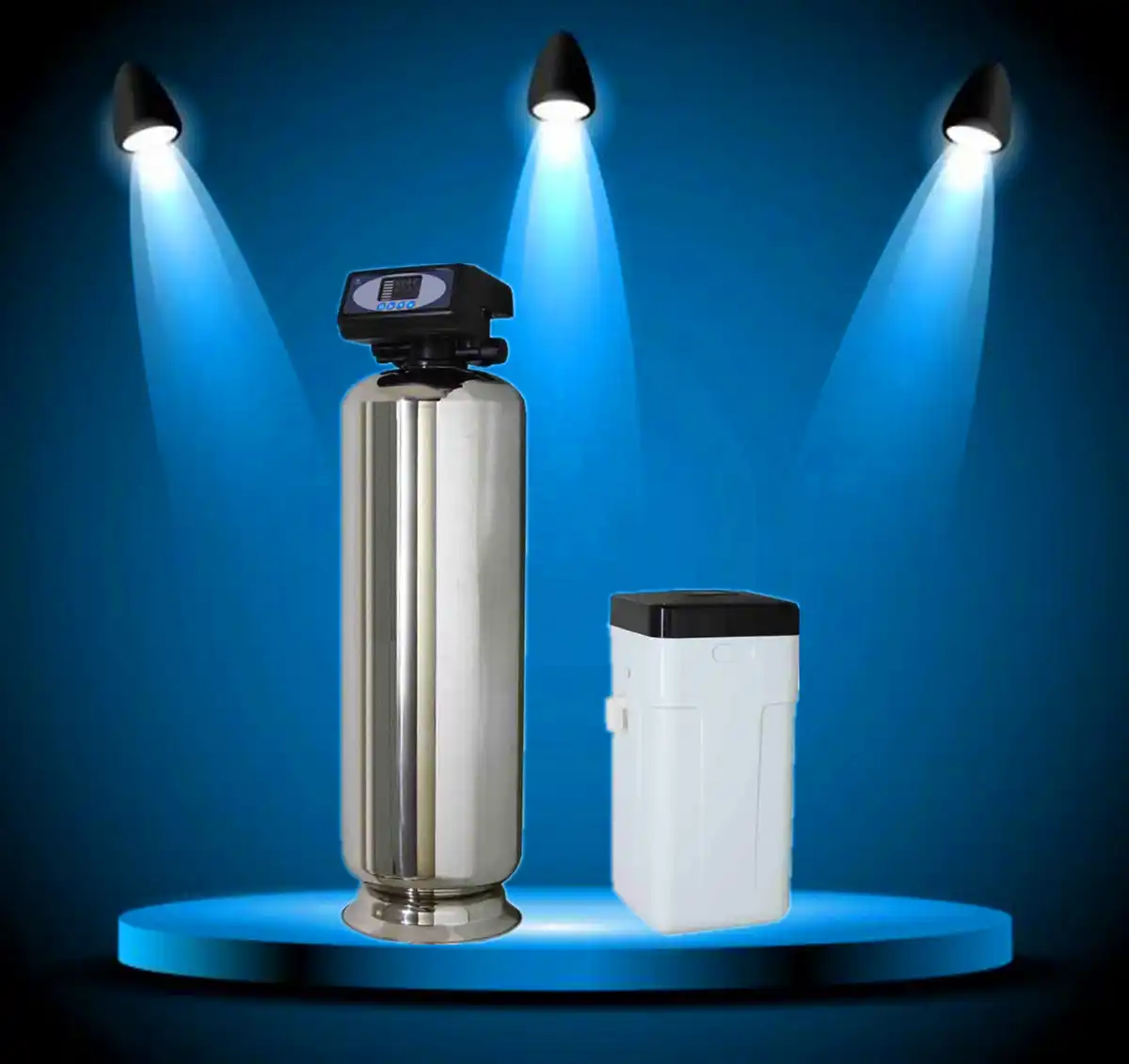 How to Choose Reliable Central Water Filtration and Water Softening Systems? Most People Get It Wrong!
How to Choose Reliable Central Water Filtration and Water Softening Systems? Most People Get It Wrong!
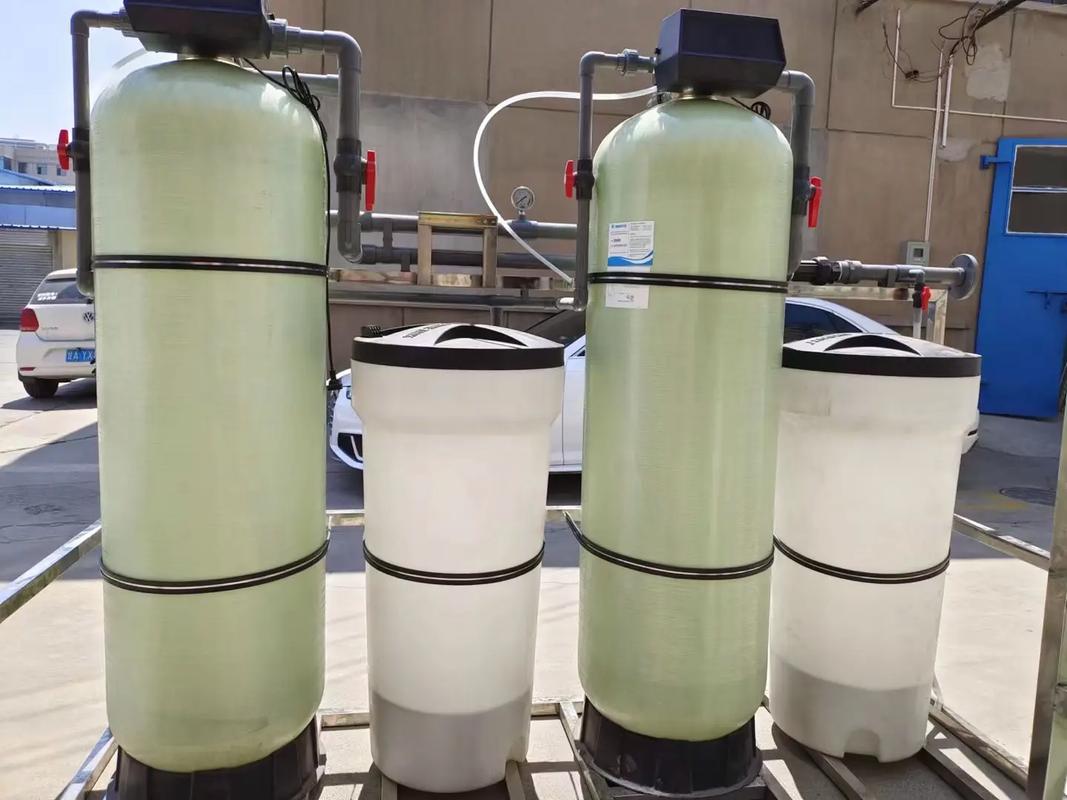 In rural areas, where groundwater from wells is the primary water source, is it truly necessary to install water purification equipment?
In rural areas, where groundwater from wells is the primary water source, is it truly necessary to install water purification equipment?